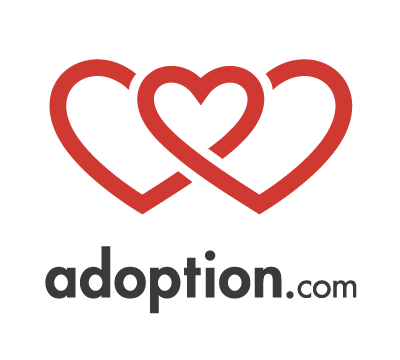Adoption Parenting is an Art and a Science
When people say there is no manual that comes with a baby, I literally want to laugh out loud. While babies do not come with instructions, there are thousands of parenting and adoption books. The problem may even be that there is too much information on the topic of parenting. I know the first night I was a mom, I was terrified every second that I would mess up and do the wrong thing. No book could prepare me for that day.
While waiting to adopt our daughter, we took classes and read books and articles—still it wasn’t until we were actually experiencing parenthood did we learn and grow. There is no one way to parent an adopted child. There are many intelligent people who have gone before us and doctors and professionals who chime in; but in the end, it is an art and a science.
Parenting: It’s a Science
In our world of unlimited information seconds away, I often forget that one of the elementary principles of science is that it is a process of discovery and exploration. Often long-held scientific truths started as just theories that time will prove or disprove. Some remain theories yet to be proven.
As a parent, I am constantly testing out personal theories and hypotheses. What sound machine will help my child sleep? What and when should my child eat? How much exercise is just enough to tire him out without causing a meltdown from exhaustion? I read articles, and ask friends, and I wrote down my ideas and my findings. I try to repeat what worked and dissect the failures for answers to improve tomorrow’s experience.
I take every new idea and concept to my lab partner, my husband, to discuss the validity of the claims. He is better at having self-control when I want to buy the newest parenting tool, book, or gadget. He is excellent at finding cheaper alternatives to my lofty experiment ideas. But all moms understand that we would do anything to make our child sleep so this 200 hundred dollar sleep machine is our only hope! Right?
With adoption, there are programs like TBRI that have tons of research to back their claims. There are many adoption families that swear by it. Other families use that and mix it with other parenting styles. Go on social media and there are thousands of parenting styles and videos and hacks that parents swear by. That is why testing ideas and knowing your adopted child is a bit of a science. But there is an unknown, less concrete side of parenting children who are adopted.
Parenting: It’s An Art
My child was finally fully potty trained! Non-parents will never understand what a big deal this is. I had spent weeks spending far too much time in our tiny bathroom. The room had never been cleaner because I was spending hours sitting on the tile, waiting for my toddler to do the thing I so separately needed my child to do in the bathroom and not their pants. So, after they were confident and after many accident-free months of parental bliss had come and gone, suddenly my child started having accidents.
My friends told me it was normal to have regression. The books said it was normal. Even our doctor couldn’t find any medical research for the regression. I went back to the potty training books and tried to start over. Science had failed me. Then my intuition told me there was something else going on.
Art is all about the in-between: the not-exactly. Beautiful art focuses in on what is important and leaves out all the rest. A painting is not a photograph. There is artistic license in writing stories. The author embellishes and adds to the story. Art also has a way of touching the deepest parts of our souls. A song that makes us cry, a painting that makes the grief of life come to life on a canvas. How can a piece of paper evoke such deep feelings and make us feel less alone? How can a comedian who holds up a mirror to society make us laugh at our own hypocrisy?
An Art and a Science
Parenting is an art and science. I read the books but it is ditching the plan that helps my children sometimes. My daughter had a regression that the books couldn’t explain so I went to the art side of my brain—like an artist trying to see something no one else sees. Like the painter who spends hours just observing, I observed my daughter.
I noticed all the tiny things that were happening in her beautiful, busy mind. I noticed a twitch. Then I noticed her staring into space. She was having subtle seizures that caused her accidents. The doctors missed it and even my husband missed it.
Now her condition is under control with medicine and I am so glad I followed my gut. There are many times in parenting when we want to follow the method that we have perfected through scientific research but in the moment the child needs grace, not discipline. The child may need a hug and sometimes they need a banana but they ask for it in the same way: tears and whining.
With adoption there is an added complication: Is this typical childhood rebellion or a reaction to adoption-related trauma? Is my child doing typical age-appropriate behavior or are they reacting to their past?
I will admit that I have stuck to my rigid scientific method of parenting many times when my child needed me to think outside of the box—outside of the typical ways of parenting. What looks like a child being spoiled, is actually a child who has gone years without, and now they are holding onto anything that helps them survive. The basic rules of parenthood just won’t apply here. I won’t scold my child, I will hug him and make sure he feels safe. Other times my child is just being a child, testing her boundaries and needing discipline. The science is having a plan and the art is knowing when to throw the plan out and trust my gut.





